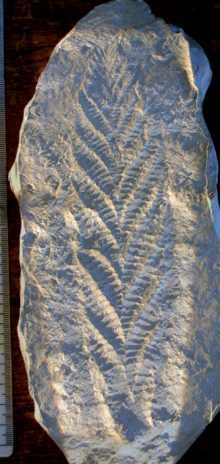The Winter Programme and Synopses from 2016-2017
Wednesday November 30th 2016
Xiaoya Ma (Dept Earth Sciences, NHM, London; & Yunnan Key Lab. for Palaeobiology, Yunnan Uni. Kunming, China)
Fossil Brains from the Cambrian Chengjiang biota.
Comparative studies of nervous systems and sensory organs are fundamental for understanding the evolutionary relationships between major animal groups and their ecological adaptation throughout evolutionary history. Exceptionally [well] preserved Cambrian panarthropod fossils provide a rich and underexploited source of data pertaining to neural and sensory organisation during the early sages of their radiation.
Recent reports of the brain and other neural structures of Cambrian pan arthropods demonstrate that these ancient animals had acquired complex central nervous systems (CNS) and sensory organs by 517 Ma, and that the two main configurations of the brain and eyes, observed in extant arthropods (Mandibulata & Chelicerata), had already evolved. The neural structures, identified in a Cambrian stem-euarthropod anomalocaridid, provide direct evidence for the segmental affinity of its frontal appendages, shedding light on the origin of the euarthropod CNS. However, scarcity of fossilised neural tissue has meant that most studies to date have been based on single specimens, hindering tests of fidelity of those structures, and [the] understanding [of] the diagenetic processes that led to their exceptional preservation. Geochemical analyses provide crucial insight into neural tissue preservation, revealing that the neural tissue was initially preserved as carbonaceous film, and subsequently pyritized. This mode of preservation is consistent with the taphonomic pathways of gross anatomy, indicating that no special mode is required for the fossilisation of labile neural tissue. Preliminary decay experiments also support the preservation potential of neural structures and their morphological interpretation after compression.
Wednesday March 1st 2017
Dr Erwan Le Bee (University of Leicester)
High Impact Drilling: Chicxulub and its' peak ring.
Sixty-six million years ago, an asteroid hit our planet and formed the 200 km diameter Chicxulub impact crater, now buried underneath Cenozoic sediments of the Yucatán Peninsula in Mexico. It is one of the best preserved large impact structure on Earth and also has an unequivocal peak ring - an inner ring formed of hills, more commonly observed in large impact structures on rocky bodies of our solar system.
During 2016 the International Ocean Discovery Program (IODP) Expedition 364 drilled into the peak ring of the Chicxulub impact crater, offshore Mexico. A total of 303 cores were recovered, from the carbonate sedimentary rocks infilling the crater as well as the peak ring itself, and the single hole reached a depth of 1334 meters below the sea floor. An international team of scientists is researching the material and data collected during this expedition. After the initial sampling and analyses took place offshore Mexico in April and May 2016, the cores were sent to the IODP Core Repository in Bremen, Germany for further analysis from September to October 2016.
A recent publication from the science team, published in the journal Science, confirmed a model for how peak rings form in large impact structures using the drill core observations at the Chicxulub crater for evidence, and extending these findings to formation models for craters on other planetary bodies. The ongoing research will shed further light on peak rings, including how the target rocks were affected by the impact and what could be the positive and negative effects on life after the impact. The Chicxulub impact is well known to be associated with a major extinction event, killing ~75% of species on Earth including the dinosaurs. By looking at sediments recovered directly above the peak ring, the science party also aimed to understand how the biosphere reacted and recovered following the impact.
The presentation traced the history of the Chicxulub impact crater, from the postulation of its existence to its discovery and to the recent IODP Expedition 364. It aimed to provide a behind-the-scenes look at the operations to recover core, and other data, from over a kilometre beneath the present-day sea bed; thus giving insight into the excitement of scientific drilling and discovery.
IODP Mission-Specific Platform Expedition 364 was organised by the ECORD (European Consortium for Ocean Research Drilling) Science Operator: the British Geological Survey, the European Petrophysics Consortium (Universities of Leicester(lead), Aachen and Montpellier) and MARUM, Germany.
Wednesday February 1st 2017
Dr Gawen Jenkin (Department of Geology, University of Leicester)
The Mine of the Future: Can we get metals out of the ground in a "green" sustainable way?
I will first examine the ongoing need for mineral resources to underpin a good quality of life for the population of planet Earth. Although we might ultimately develop a “circular economy” this is a long way off, and we will need to continue to extract minerals for many years to come. However, the mining industry is under a variety of pressures, both geological and anthropogenic, which make it ever harder to operate economically. At the same time the industry needs to be moving to more sustainable operations, in particular, reducing carbon emissions. I then described an exciting breakthrough technology developed at the University of Leicester – ionic liquids – that has the potential to revolutionise the processing of mineral ores to metals, in a green and environmentally-benign way.
